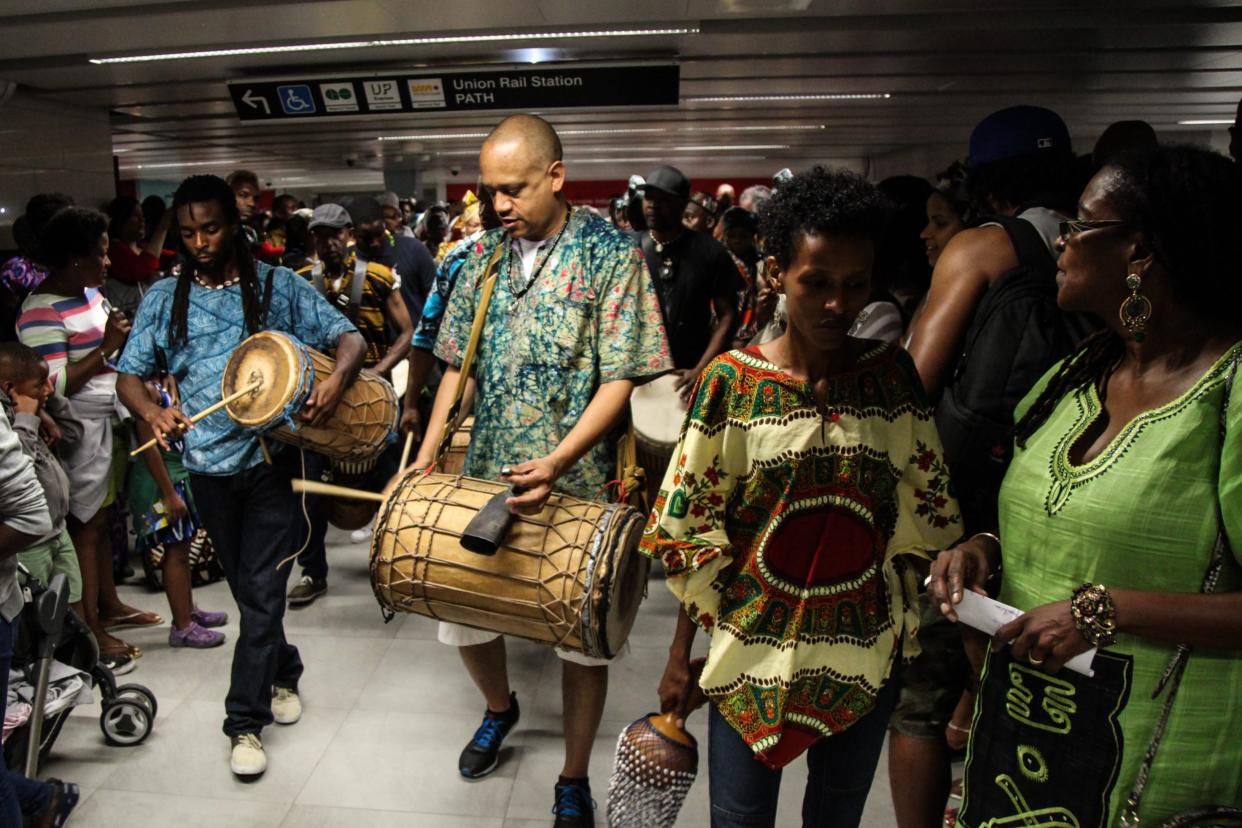Slavery was abolished in Canada on this day in 1833

On this day in 1833, the Slavery Abolition Act was signed, outlawing slavery throughout the Britain’s colonies and thus turning Canada into the terminus of the Underground Railroad used by black American slaves fleeing white slaveholders south of the border. The passage of the law has come to be celebrated every August 1 as Emancipation Day by the descendants of those freed slaves.
While the act freed relatively few slaves in British North America, around 50, it did free 800,000 slaves in Britain’s Caribbean and South African colonies. The act also codified the move towards the abolition of slavery that had been taking place in Canada since the passage of the Act to Limit Slavery in Upper Canada in July 1793. Between the 16th century and the early 19th century, Britain had taken some 12 million people from Africa and used them as slaves in the Caribbean and the Americas.
The act however, only banned the importing of slaves to the colony. No one was freed by the act, nor was the sale of enslaved people within the colony and even with the United States made illegal. Full emancipation was still a ways off, and in fact numerous efforts were made to encourage slavery, which colonial authorities thought would encourage settlement of British North America.
When France lost its chief North American colony, Quebec, the incoming British colonial administration promised its inhabitants that the enslaved population would remain enslaved. In Prince Edward Island, settlers were offered 40 shillings for every slave they brought with them. To further emphasize the belief that black slaves were property, slaves were put on a list of duty-free imports for settlers coming to Canada.
Nevertheless, the Act to Limit Slavery in Upper Canada jumpstarted the cause of abolition as numerous legal challenges were mounted against the institution of slavery. In 1793, Pierre-Louis Panet introduced a bill in the Lower Canada’s National Assembly calling for the full abolition of slavery. While the bill never ended up being voted on, legal cases were made by individuals in 1798.
That year, a woman in Montreal named Charlotte was arrested and sent to jail after refusing to return to her owner. But she was released on a technicality by a judge with abolitionist sympathies. According to British law, slaves were to be kept in corrections houses, not jails, and since Montreal had no corrections houses, she could not be an enslaved person.
A similar case took place in Annapolis Royal, Nova Scotia, when a military commander wanted to establish his claim over a female slave. A lengthy court trial resulted in the enslaved woman, Rachel Bross, being declared a free servant, not a slave.
The passage of Upper Canada’s Act to Limit Slavery was the first law attempting to curb the slave trade in the British colonies, and helped pave a possible path for emancipation. As explained by the Canadian Encyclopedia, children born to enslaved women after 1793 were to be free when they turned 25. The offspring of those children would be freed at birth, effectively guaranteeing slavery would be abolished after one generation.
Ultimately, the emancipated slaves still got the short end of the stick. There were no reparations made out to the millions of slaves who suffered cruel treatment and poor living standards, even though £20m (£16bn in today’s money) was found to pay former slave holders for their losses, according to the Guardian.
Meanwhile, the question of slavery would slowly lead the United States down the path of civil war, and emancipation for all slaves was finally given with Abraham Lincoln’s Emancipation Proclamation in 1863. In the meantime, the passage of the act in 1833 turned Canada into a land where black Americans trying to escape slavery could find freedom.



